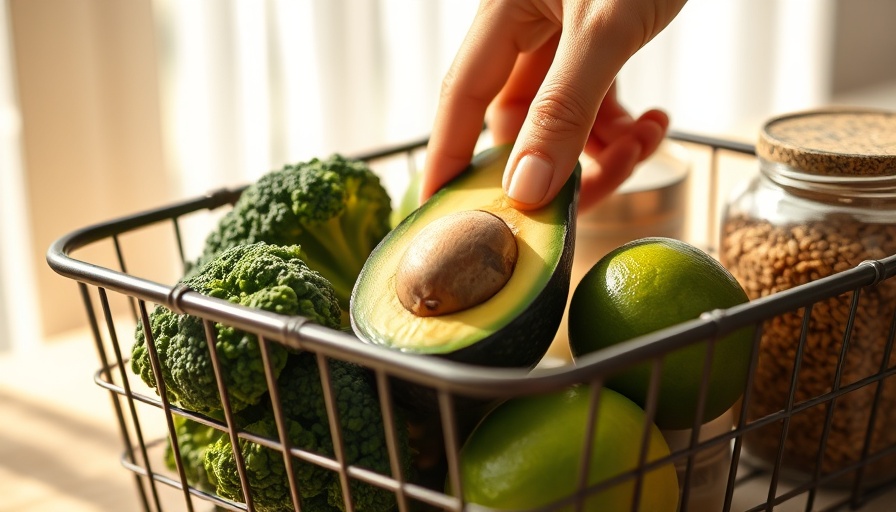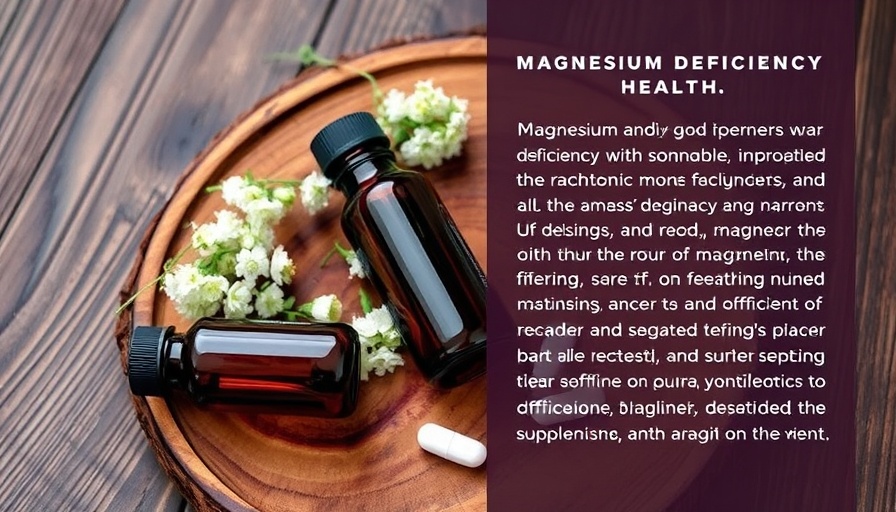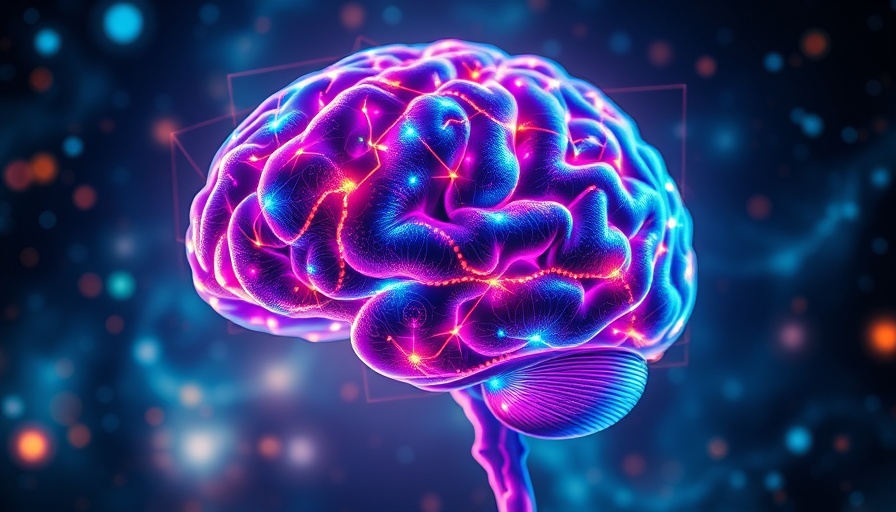
Understanding GLP-1 Medications and Nutrition
GLP-1 medications have gained popularity for managing blood sugar levels and aiding weight loss. However, to truly maximize their effectiveness, incorporating the right nutritional habits is crucial. This article outlines practical dietary recommendations that can enhance the benefits of GLP-1 therapy, making it easier for both individuals and families to adjust their eating patterns.
High-Fiber Foods: The Key to Satiety
Fiber-rich foods, such as vegetables, fruits, legumes, and whole grains, offer a slow release of energy, keeping blood glucose levels stable. This gradual release helps in avoiding spikes that can affect the efficacy of GLP-1 medications. Encouraging children to enjoy foods like apples or broccoli not only supports their health but can also be a fun, interactive learning experience for the whole family.
The Importance of Hydration
Drinking adequate water is essential, especially while on GLP-1s. Proper hydration helps regulate metabolism, aids nutrient absorption, and supports kidney function. Encouraging kids to drink enough fluids can be made fun with colorful water bottles or infused water with fruits for extra flavor. Aim for at least 8 cups daily, adjusting based on activity and climate.
Lean Proteins Promote Healthy Growth
Integrating lean protein sources such as chicken, turkey, beans, and legumes can significantly support muscle repair and growth, especially in developing children. These proteins also promote satiety, benefiting your family's blood sugar control. Meals can be as easy as preparing a stir-fry with tofu and mixed veggies, proving to be nutritious and enjoyable.
Choosing the Right Carbohydrates
Choosing complex carbohydrates like whole grains and starchy vegetables can significantly impact blood glucose management. Simple sugars found in processed foods can cause sudden increases in blood sugar, which are best avoided. Consider involving children in meal prep, where they can learn the benefits of quinoa over white bread in a delightful and relatable way.
Focus on Low Glycemic Index Foods
Incorporating low glycemic index (GI) foods into meals can aid in maintaining stable blood sugar levels. Foods like sweet potatoes, brown rice, and oats are excellent choices. Teaching children about healthy food decisions benefits their awareness and promotes a healthy lifestyle from an early age.
Concluding Thoughts
Adjusting dietary habits while taking GLP-1 medications not only supports blood sugar management but also fosters an understanding of healthy eating among younger generations. By making informed choices about food, families can enhance the effects of these medications and promote overall wellness.
 Add Row
Add Row  Add
Add 




 Add Row
Add Row  Add
Add 


Write A Comment